It's hard to believe that I used to perform spine surgery by moving instruments based on feel, my ability to recall specifics about the patient's anatomy and grainy pictures captured by big, bulky C-arms. Those early days of intraoperative imaging didn't help lower my stress level while I worked around such delicate anatomy, where the difference between excellent outcomes and devastating complications is measured in millimeters. Thankfully, newer C-arms have taken much of the guesswork — and some of the mental strain — out of the challenging cases. Starting below, we highlight 8 of the newest models.
Orthopedic and spine surgeons can now magnify and enhance high-definition images without losing an ounce of clarity, meaning they can administer spinal injections for pain management more precisely and double-check the placement of hardware and implants long before patients leave the OR. Newer C-arms also require lower radiation doses to capture higher quality images, a feature that helps protect staff and surgeons from imaging's invisible danger.
The latest C-arms can take big chunks out of your capital equipment budget — basic models generally cost $100,000 to $125,000, while platforms with bells and whistles run between $300,000 and $350,000 — so consider these factors to make smart purchasing decisions while investing in units that will provide your surgeons with the enhanced intraoperative images they want and need.
- Image quality. The latest C-arms boast flat screen monitors, which display clear, crisp ultra-high definition images of targeted anatomy. Many manufacturers are swapping out conventional image intensifiers for flat-panel, digital image detectors, which provide higher-quality images and a wider field of view with less distortion at a fraction of the radiation output.
Those features match imaging's fundamental principle: capture quality images with radiation doses that are as low as reasonably achievable (ALARA). In other words, use the lowest possible dose to capture images with enough detail to guide the surgeon's work. Radiation scatter still occurs with digital image detectors, but because a lower dose is used to begin with, the scatter effect is minimized, and exposure risks are therefore far less for everybody in the room.
- Data storage and retrieval. Today's C-arms have the capacity to store many years' worth of images, but most facilities invest in a more limited (less expensive) storage capacity and download images daily, weekly or monthly to a picture archiving system. Surgeons can also download images to an encrypted flash drive for later viewing.
.svg?sfvrsn=be606e78_3)

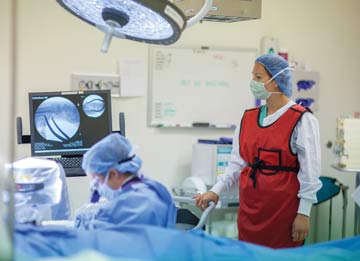
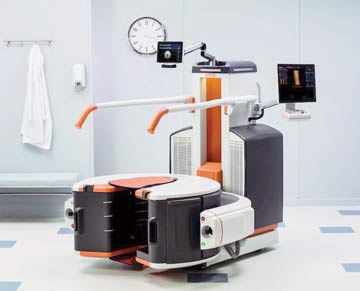
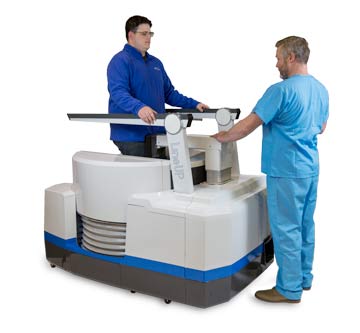
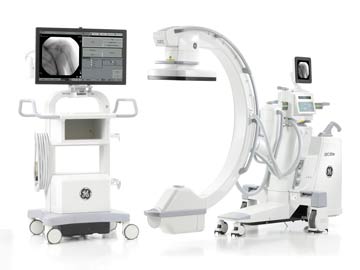
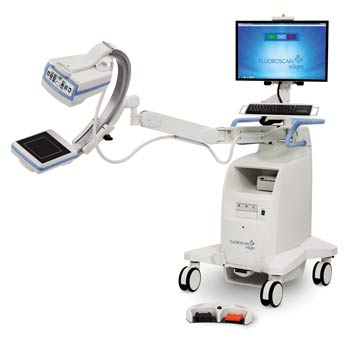
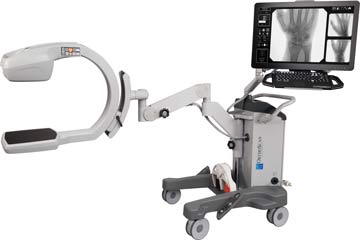
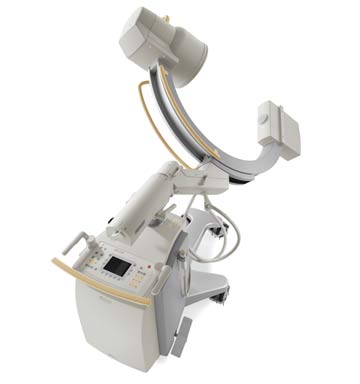
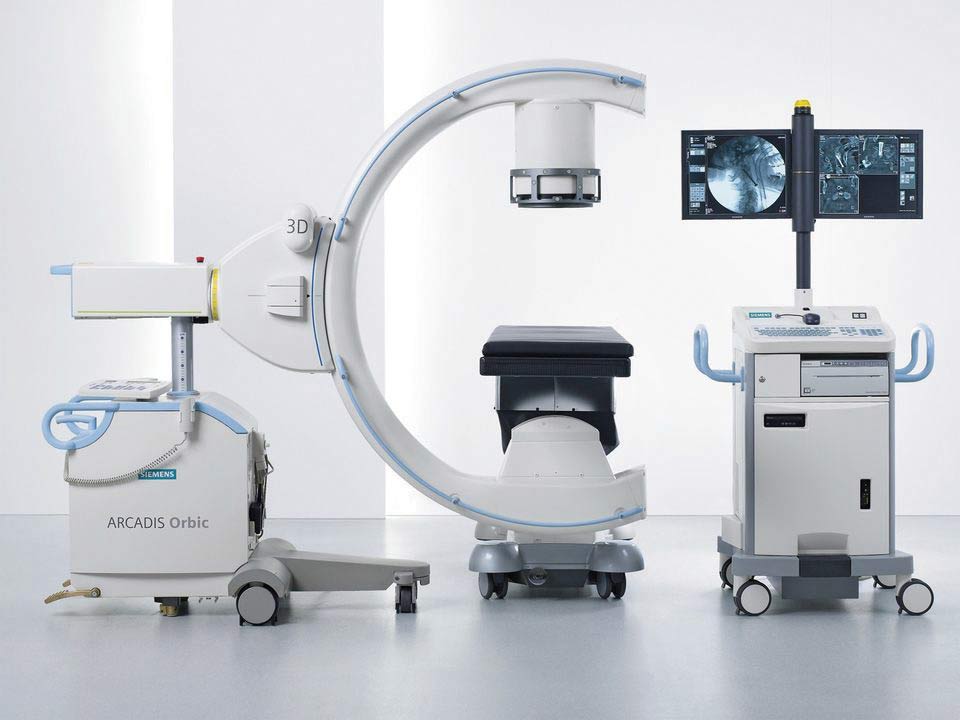
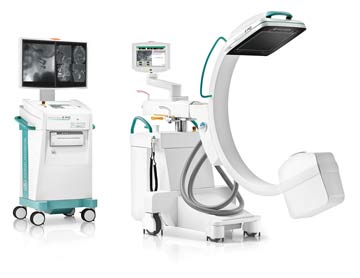
.svg?sfvrsn=56b2f850_5)